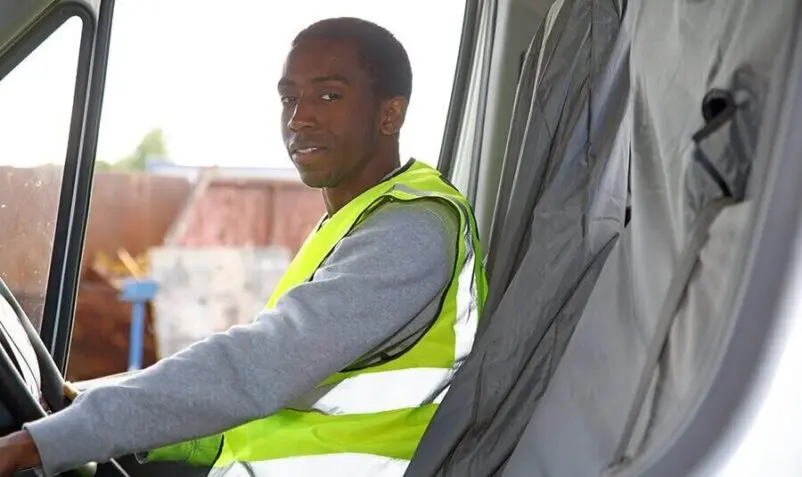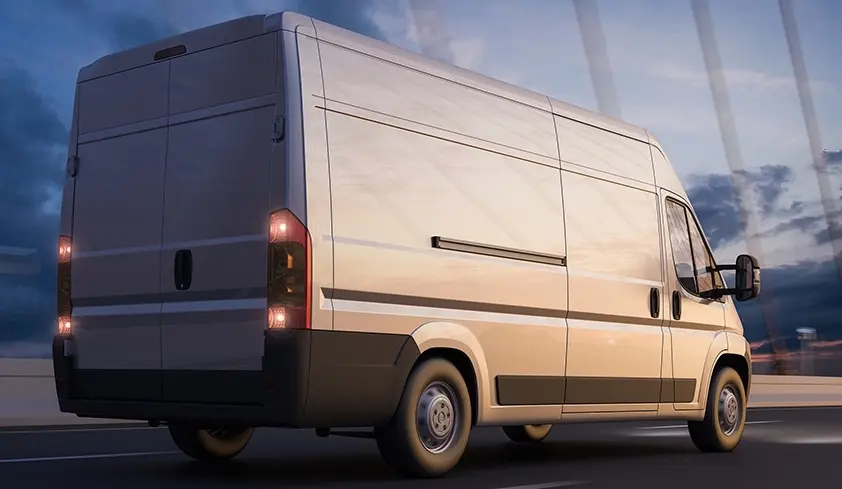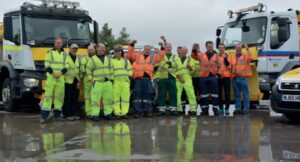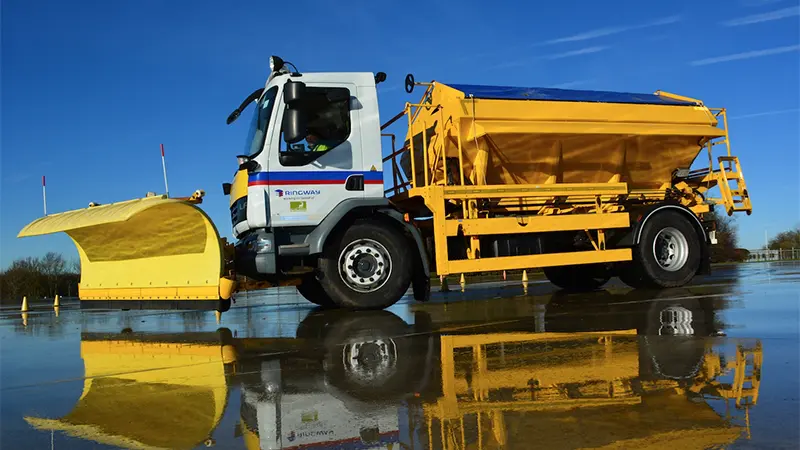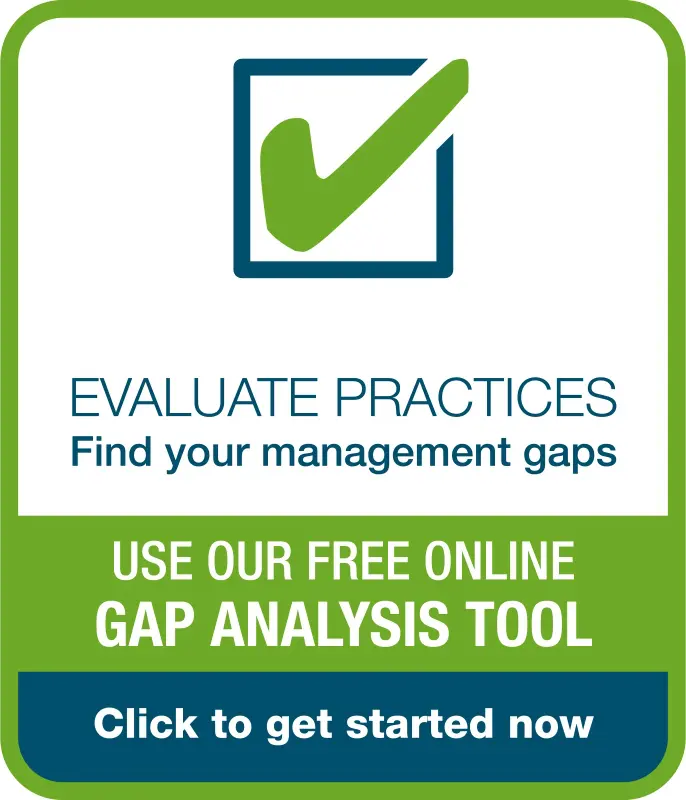
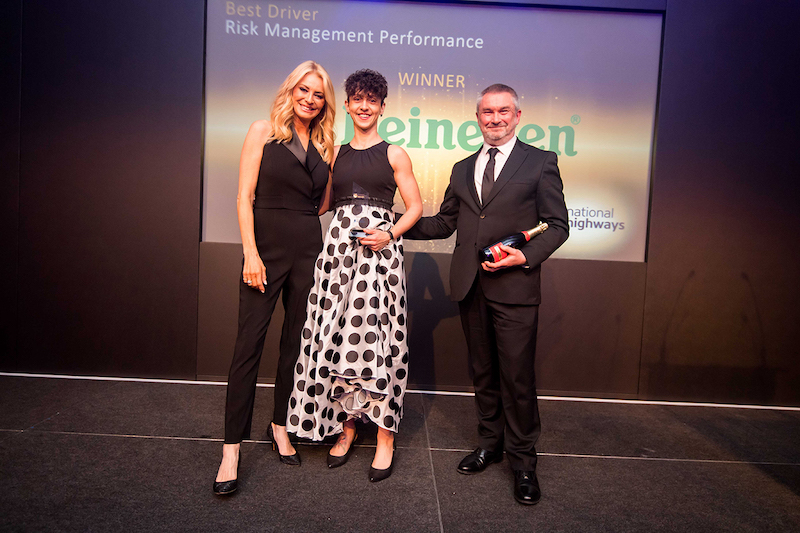
Fleet Size
Company cars: 309
Rental cars: 25
Vans: 9
Heineken is the company behind some of the UK’s leading beer and cider brands, and owns 2,400 pubs and bars.
Heineken UK won the Safety and Health Excellence Award 2023, sponsored by National Highways for Best Driver Risk Management Performance. Heineken’s Workspace and Safety Partner Reka Nagy tells us how the multi-branded beer, cider and pub company transformed its company car
risk profile by emphasising positive reinforcement and driver engagement.
Image: Reka Nagy (centre) accepts the Safety and Health Excellence award from BBC Strictly Come Dancing’s Tess Daly and National Highways Head of Road User Safety, Jeremy Phillips.
Summary of Achievements
Speeding Events
DOWN 50%
over 12 months
Overall Claims
DOWN 7.5%
over 12 months
Collision/Breakdown Costs
DOWN 17.5%
over 12 months
Fleet Insurance
DOWN 8%
over 12 months
Demonstrating leadership in driver safety
“At Heineken UK safety is our number one priority; we want to ensure that our people go home safely every day. For field-based colleagues driving millions of miles annually, driving presents our highest risk. Managing driver risk is a huge priority for us, so we always look to improve through updating policy/technology and awareness programmes to positively reinforce good behaviours. We look to bring the outside in to keep our people safe.
We can repair or replace bent metal, but that isn’t always the case for the lives of colleagues and their families involved in serious road traffic collisions.”
Paul Edgar,
Head of Workspace and Safety, Heineken UK
“Everyone has the right to safety regardless of their workplace or the task they undertake. Driving at work poses a high risk for our fi eld base colleagues. Day in and day out, an almost “routine task” can change the lives of many and therefore we need to go beyond simple compliance to protect our colleagues and those around them. We strive for continuous improvement through driver behaviour programs, driver engagement and user-friendly solutions so we can create a safe place to be.”
Reka Nagy,
Workspace and Safety Partner, Heineken UK
More details

Heineken UK won the Safety and Health Excellence Award 2023, sponsored by National Highways for Best Driver Risk Management Performance. Heineken’s Workspace and Safety Partner Reka Nagy tells us how the multi-branded beer, cider and pub company transformed its company car risk profile by emphasising positive reinforcement and driver engagement.
“At Heineken UK safety is our number one priority; we want to ensure that our people go home safely every day. For field-based colleagues driving millions of miles annually, driving presents our highest risk. Managing driver risk is a huge priority for us, so we always look to improve through updating policy/technology and awareness programmes to positively reinforce good behaviours. We look to bring the outside in to keep our people safe.
We can repair or replace bent metal, but that isn’t always the case for the lives of colleagues and their families involved in serious road traffic collisions.”
Paul Edgar, Head of Workspace and Safety
“Everyone has the right to safety regardless of their workplace or the task they undertake. Driving at work poses a high risk for our field base colleagues. Day in and day out, an almost “routine task” can change the lives of many and therefore we need to go beyond simple compliance to protect our colleagues and those around them. We strive for continuous improvement through driver behaviour programs, driver engagement and user-friendly solutions so we can create a safe place to be.”
Reka Nagy, Workspace and Safety Partner
Fleet profile
309 passenger cars on contract hire
25 rental cars
9 vans
Introduction
Heineken is the company behind some of the UK’s leading beer and cider brands, and owns 2,400 pubs and bars. Reka Nagy joined as the company’s workspace and safety partner in 2019, and realised that its 300+ company cars needed engaged and comprehensive management.
Its 326 company car drivers also use rental vehicles, use the cars for personal journeys and sometimes allow nominated people in their family to drive their company car. Therefore, overall vehicle/driver profile is not straightforward.
The company had previously held paper-based Permit to Drive data.
The fleet operations team developed an online portal to collate and manage all the Permit to Drive data including any named individual – such as employees’ spouses – who might also drive the company vehicles in the Permit to Drive checks.
This information gathered includes MOT details, including for the grey fleet, insurance, vehicle and CO2 data, driver licences and medical notifications. This is refreshed regularly and together with driver assessment data (see below) gives a real time risk profile of drivers.
Business Benefits
- 7.5% reduction in claims overall in 2022 compared with 2021, despite average annual mileage rising from 10,000 miles pa to 18,000 miles pa.
- Speed related endorsements dropped from 30 (2020) to 13 (2022)
- 17.5% saving in collision and breakdown costs (2022 vs 2021)
- 8% reduction in insurance 2022 vs 2021.
- Permit to Drive non-compliant company car drivers reduced from 128 to 10.
- Over 50% reduction in speeding events/1000 miles. (December 2021 to Oct 2022)
- Total fleet cost saving of £452,000 in 2022 vs 2021.
Psychometric testing
All the drivers underwent a psychometric risk assessment, with nuanced and filtered questions to ascertain their attitudes to driving risk and likely behaviours. The test used is Driver Metrics Profiling, the product of academics from Cranfield University.
Driver Training
The results determined what training or follow-up support the drivers received. “It’s important not to have a blanket response,” says Reka. “We offered a range of learning options, from e-courses to a half day on-road training for high-risk drivers.”
The initiative began in 2021, with the first 86 drivers risk-assessed and offered training. In 2022, 311 drivers had been risk assessed with 28 of them categorised as ‘high risk’. 288 drivers competed online training and coaching, clocking up 1,447 training sessions between them using Driver Metrics e-learning modules.
She describes e-learning as ‘low cost but high impact’. This initial assessment of drivers and provision of deficit training enabled the company to give far more control over driver training to employees later on.
Incident follow up
All collisions are investigated and any necessary support or training provided to the driver.
Telematics
While the company had previously had access to telematics data, it was neither used not fed back to drivers. This is perhaps the most problematic of all words for fleet operations – to have evidence of risk but not address it.
Reka enlisted the help of a legal and employee council to bring the system back to life. The system was explained to both employees and managers, and restructured so that:
- Managers only see aggregate and not individual data
- Employees receive their own reports in confidence. The drivers can then request training if they feel it will be beneficial to them from their line manager or the fleet team.
While initial driver training specific to the individual’s needs is prescribed during the permit to Drive assessments, further training is by request. As managers only see aggregate telematics data, they cannot identify individual needs. However, team leaders can request training for their whole team, (in which they also participate) or individuals can ask their manager to arrange training, or speak directly and privately with the fleet team. Reka says: “We give drivers ownership of their data and their performance. It’s about trust and accountability.”
Speeding target
For all Heineken empowered its own drivers to push through behavioural change, this does not mean the company did not have targets of its own. Having reviewed all the driving performance data, Reka decided to focus on reducing speeding events, on the basis that this would naturally facilitate other improvements.
For six months they monitored each group’s speeding events per 1,000 miles, and the winning team received prizes of a spa weekend.
The aggregate results were published every month and if no improvement was apparent, teams were offered help and support.
Know your triggers
One key piece of messaging was to encourage each individual to know their own triggers for speeding. These could be:
- Organisational pressure
- Poor journey planning
- The vehicle behind tailgating
- Or emotional or unconscious triggers.
In this way not only the driving behaviour improved, but often also the stressful issue underlying it. The company offered support with welfare, mental health and specific issues, as well as offering driver communications about topical or seasonal issues.
Mobile telemetry
The disadvantage of black box telematics is that it is fixed in the vehicle, and is less flexible than a mobile app. Heineken invested in the Brightmile smartphone app, which monitors driver performance in any vehicle. It’s a more engaging solution for drivers, makes reporting business mileage extremely easy and can be turned off when employees are not at work.
Every mile safely driven earns a point; these points can make drivers eligible for a prize draw or trigger a charity donation when the driver hits their target.
“Linking good driving behaviour to a bigger positive, such as charity, makes it about more than ‘just driving’. I found it very powerful that by driving more safely, we can also help those who are in need,” says Reka.
Brightmile scores five areas: risk, fatigue, speeding, distraction and ‘eco’. Through these five headings it can address all the major high-risk behaviours and contributors to collision.
The distraction feature also triggers if a driver physically touches their phone.
Driver Communication
As well as the Driver Metrics modules, Reka looks for ways to keep drivers engaged with ongoing communication about road safety. She says not all safety messaging should come from the designated safety officers. “It is important to involve others. For us, involving those who are well respected and well known within our organisation helped to give a weight to safety subjects,” says Reka. Peer to peer feedback conversations are also useful.

